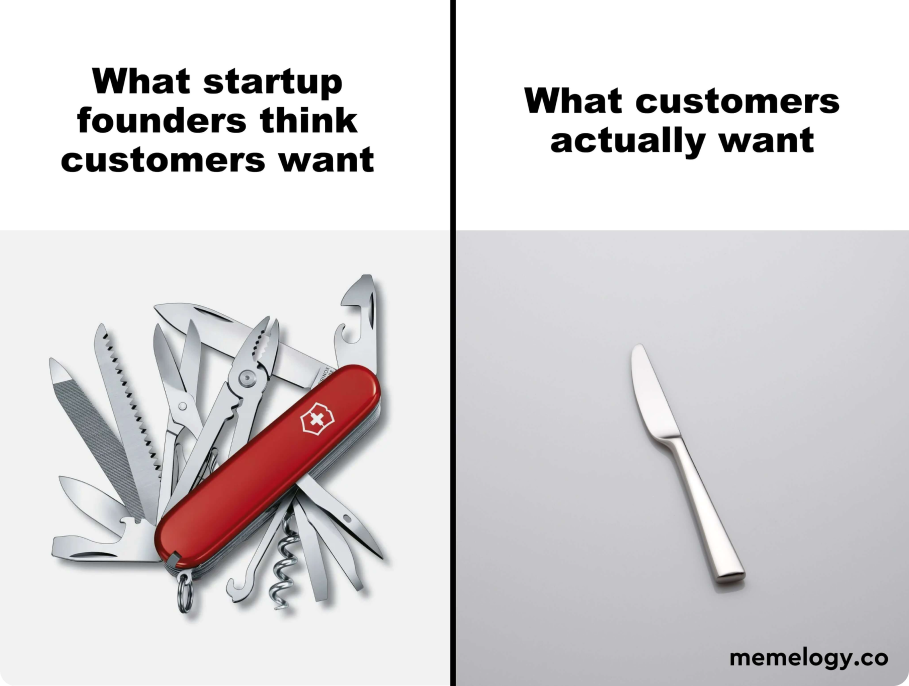Minimum Viable Product
The importance of building an MVP at the start
An MVP is...
A simplified version of your product that includes just the core features that solve a real problem. Also, it satisfies early adopters and helps to gather valuable user feedback. Building an MVP is crucial for early-stage startups as it allows you to test your product with real users and iterate quickly based on actual feedback.
Example
The e-commerce platform Zappos in the 1990s started with an idea from Nick Swinmurn. Instead of building an inventory, creating a warehouse, and establishing suppliers Swinmurn opted for a lean MVP. He visited local shoe stores and posted them on his website with available sizes and prices. When a customer placed an order on the website, Swinmurn would go back to the store, purchase the shoes, and ship them to the customer. This approach allowed Zappos to validate the idea of buying shoes online without having to invest heavily in inventory warehouses or web presence.
Benefits of building an MVP
1. Validate Your Idea
One of the most important steps in building early-stage products is to test and validate your original idea. An MVP is the best place to start in order to get the feedback you need to validate the idea.
By building an MVP, you can quickly find out if your product resonates with your target audience. It allows you to validate your assumptions about your customers' needs and refine your product idea based on real user feedback.
2. Reduce Overhead
Developing a full-featured product can be time-consuming and expensive. An MVP helps you focus on the core features that bring the most value to your customers, enabling you to prioritize your resources and reduce overall development costs.
3. Iterate Quickly
With an MVP, you can quickly test different features and concepts in the market, allowing you to learn from your mistakes and iterate on your product based on user feedback. This agile approach helps you continuously improve your product and increase your chances of success.
4. Attract Investors
Investors are more likely to fund startups with a proven product-market fit. An MVP demonstrates that you've taken the time to understand your customers' needs and have developed a solution to address them, making your startup a more attractive investment opportunity.
Summary
Building a Minimum Viable Product (MVP) allows for rapid testing of a product idea with minimal resources, enabling quick validation of market demand. By focusing on essential features, an MVP reduces development time and costs while providing valuable feedback from early adopters, and facilitating iterative improvements. This iterative process helps to refine the product based on real-world usage, increasing the likelihood of success and reducing the risk of investing in a full-scale product that may not meet user needs.


